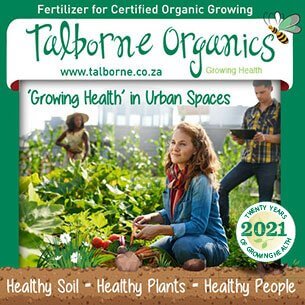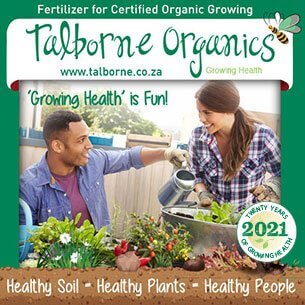The green carpet in your garden is formed by 100’s & 100’s of little plants, growing close together and all competing for the same nutrients in the soil.
It is a common belief that a lush, green lawn is said to set the tone of a garden, which is not untrue. Many gardeners are prepared to spend a lot of money on fertilizer, herbicides and water to achieve this. I maintain that it is possible to have a lovely green lawn, but without an expensive maintenance program.
8 Steps to converting an established lawn to an organic lawn:
STEP 1: If soil under lawn is compacted or contains building debris, dig up the worst parts to refresh soil to replant.
STEP 2: If lawn is not in bad condition, aerate soil with a garden fork for small area, or lawn aerating roller for extensive areas.
STEP 3: If lawn is weed ridden, remove weeds by hand, perhaps arrange a “family bonding, or crowd weeding party!” Try to avoid the use of herbicide by adjusting the soil’s pH level by sprinkling 1 cup (250ml) per m2 of Agricultural Lime as weeds grow best in acid or compacted soils.
STEP 4: If a thick layer of dry ‘thatch’ has built up, remove it by raking it gently without creating bare patches. Place thatch on your compost heap or as a thin mulch on planted beds.
STEP 5: Adjust the pH of acidic soil often caused by using synthetic chemical fertilizers, by dusting soil with Agricultural Lime 30ml per m2 and repeat application after 3 months if necessary.
STEP 6: Improve Soil Structure by applying a top-dressing. For heavy clay or sandy soils: per m2 mix 2 parts of well matured compost & 1 part clean river sand & 100g Vita Grow 2:3:2(16), OR 250ml FERTILIS Earthworm Castings & 100g Vita Grow 2:3:2(16) organic fertilizer.
STEP 7: Water well and continue to water regularly, at least 2x per week in Spring & Summer, but preferably in the early morning or late afternoon to save on water, but ensure leaves dry off before nightfall to prevent fungal disease developing.
STEP 8: Fertilize with Vita Green 5:1:5(16) organic fertilizer every 4 to 5 months at 100g per m2 to maintain a stunning green and healthy lawn, good enough to play on!
Soil fertility is the key to success and a healthy lawn1. Your initial mind-shift is to think of lawn as a living creature |
Some grass types ideal for lawns are:BUFFALO: An indigenous grass which grows easily. Tolerates shade, salt water spray and will grow in sandy soil. It does not require frequent cutting, is water-wise, but does not tolerate frost and is dormant in winter. KIKUYU: A popular grass as it is a fast grower, stays green in winter in frost free areas, requires little attention besides good soil conditioning. Can be very invasive in high rainfall areas. COMMON COUCH (KWEEK): A popular lawn grass, is a fine bladed indigenous grass, which is hardy and takes wear. It needs to grow in full sun, and easily grown in most soil types. It is brown and dormant in winter. It can become invasive. FLORIDA, SKAAPPLAAS & ROYAL CAPE: These are varieties of couch grass indigenous to parts of the country. They are fine bladed, drought tolerant and some are frost tolerant. Often used on bowling greens. SWAZI: Indigenous, coarse leaf blade. Grows well in poor soil, requires little maintenance. It will brown off in dry summer months, but recovers quickly with rain. It is sensitive to frost and dormant through winter. |
| TIP TO TRY: Create an indigenous low maintenance lawn for biodiversity and a “FREE SPIRITED & NATURAL FEEL” by sowing indigenous annual flower and natural grass seeds into an existing lawn that needs a revamp! |































